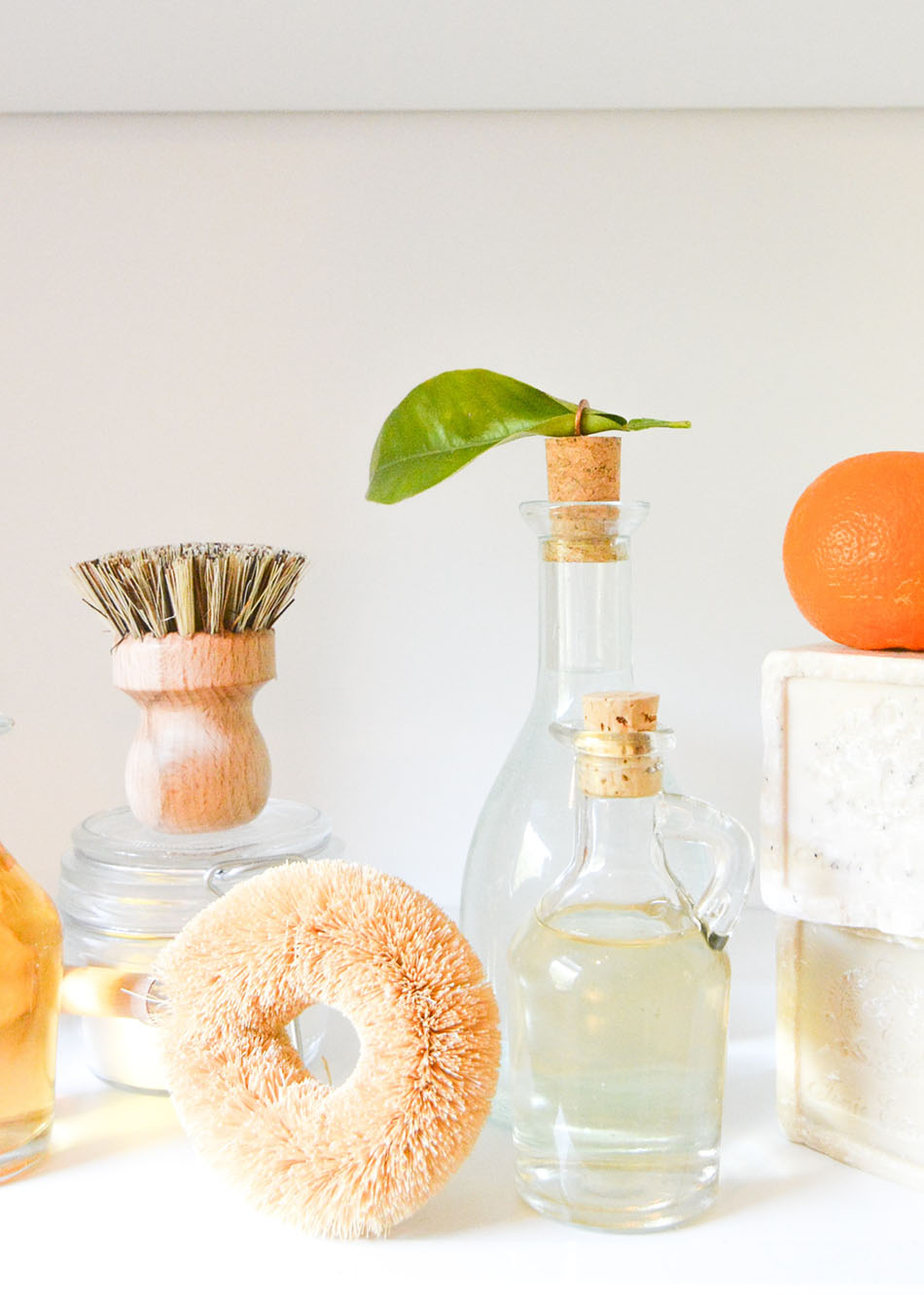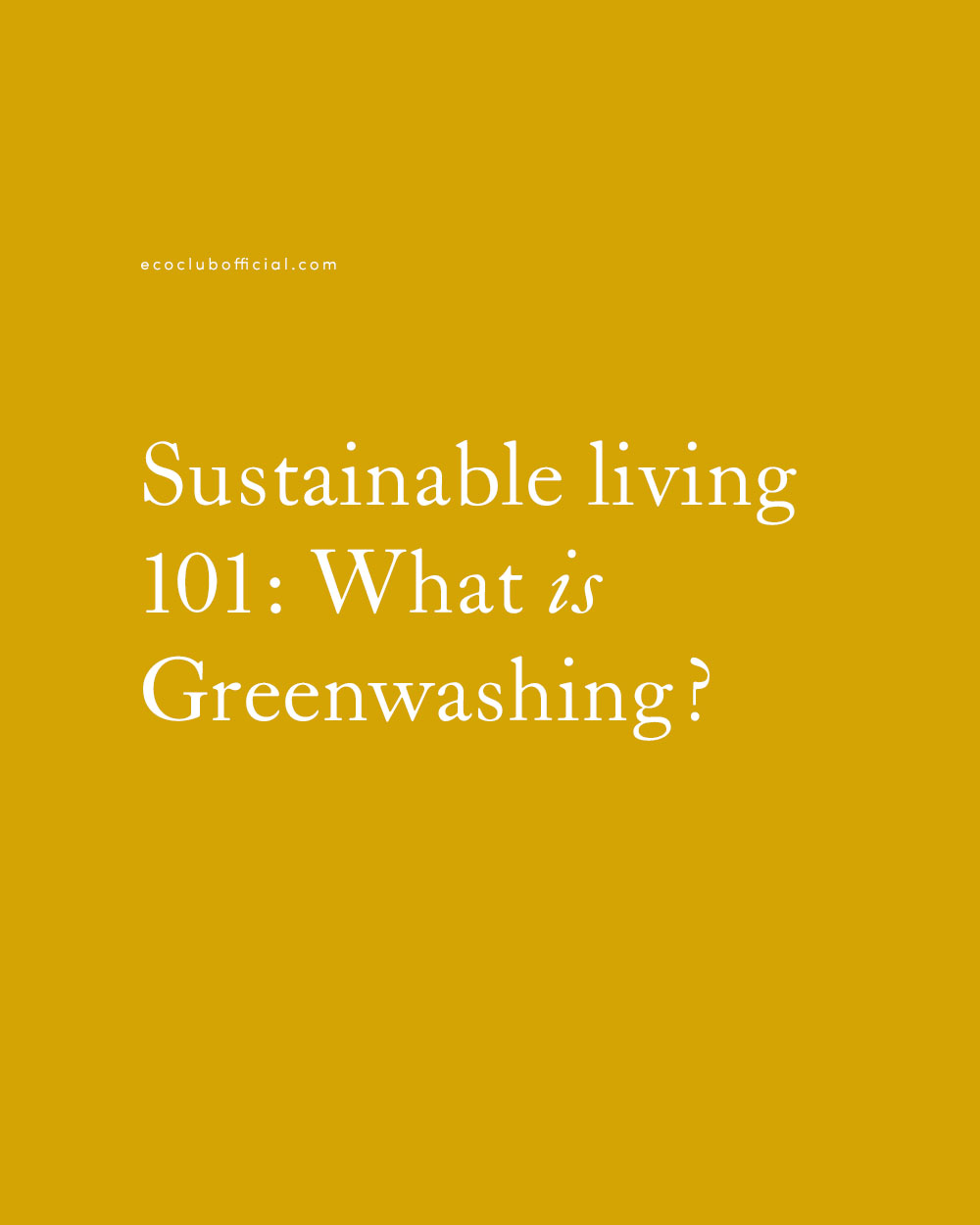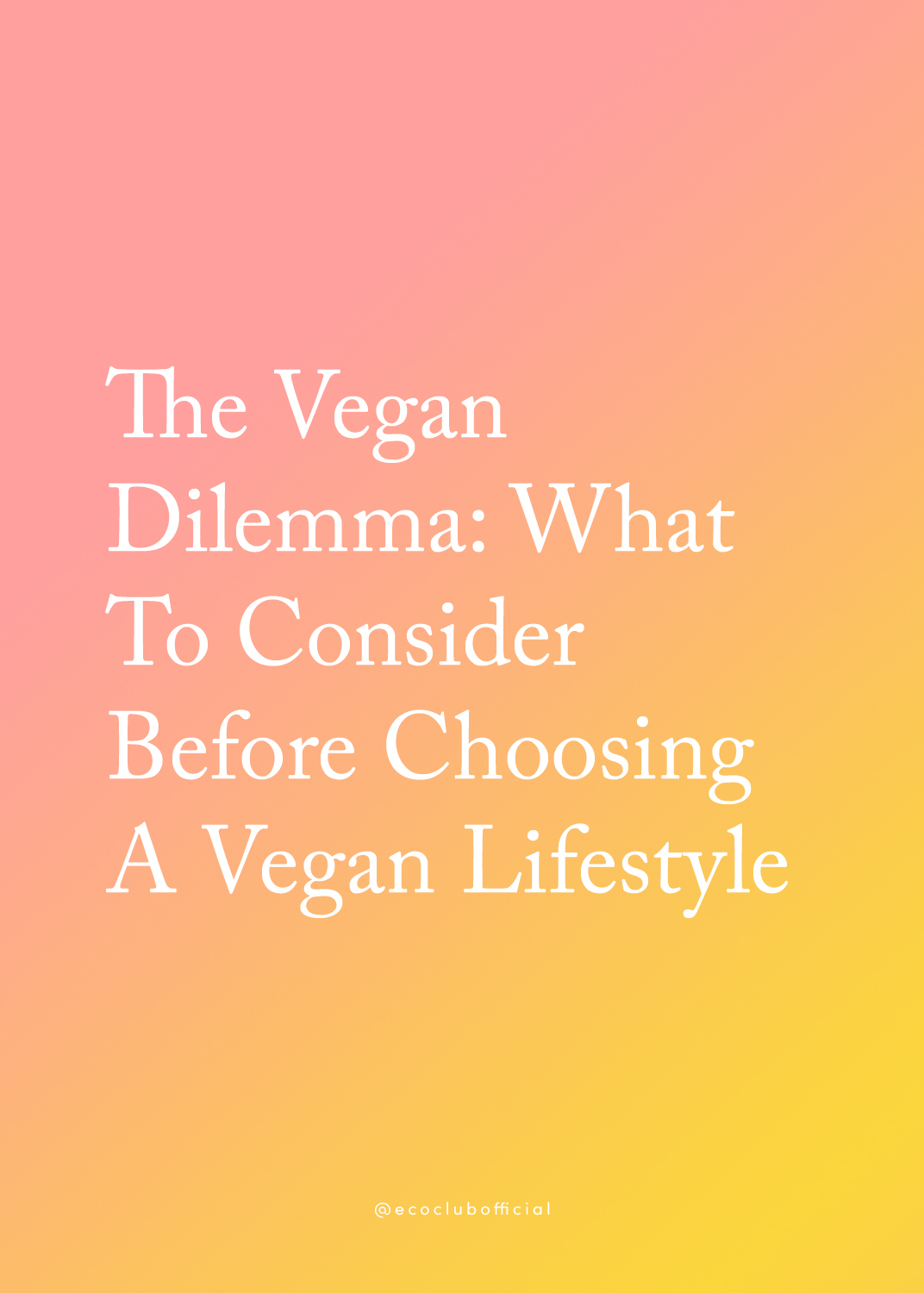Travel is essential for inspiration, innovation and inclusion, but it’s not without its environmental impact. Coronavirus is a chance to reshape how we travel in the future.
Tourism was one of the hardest hit industries during the Covid-19 crisis. Now that countries are opening borders, many have their sights set on faraway places for the first time since 2019. Is travel set to become more sustainable in a post pandemic world?

Covid19 has changed the way people view travel
2020 was the year many of us spent indoors—or at the very least, close to home. With the world at a virtual standstill for over eighteen months, international aviation passengers dropped by 60% during 2020. Locked down and home bound, traffic congestion in the US dropped by 73%, while in the UK traffic levels fell to those not seen since 1955. With the pandemic cleaning the air, causing pollution levels to plummet, many are now turning their attention to how we can keep the these environmental benefits pushing forward through sustainable travel.
Consumer interest in sustainability is increasing, with 2020 a distinct turning point. And travel is at the forefront of how we are set to change our habits. We’ve spent over a year exploring our own hometowns and cities and we’ve gravitated to outdoor spaces as much as possible, becoming mindful of how unlimited travel doesn’t have to mean hopping on a plane.
The UN Environment Programme (UNEP) presented Transforming Tourism for a resilient and sustainable post-COVID world outlining a six point plan to ensure we take advantage of the reset to choose greener, low-carbon measures which simultaneously protect biodiversity and help to rebuild the tourism industry upon which so many local communities depend.
Travel is set to become about quality not quantity
From out-of-stock products to the things we just couldn’t do and places we couldn’t go, all of us have had to adopt a simpler, slower pace of life. This includes recognizing the privileges of travel that so many of us had begun to take for granted. However, the pandemic has altered our perspectives on what matters most.
For some of us, that will mean travelling closer to home. The magic of our own neighbourhoods is abundant, and no one has explored every part of their own home state. With the shift to a simpler mindset, how we view travel has also changed. A walk along a never-before visited beach can feel like a distant getaway
But for others, the focus will become on enjoying the bucket list locations, and finding the joy in planning trips that are truly a dream come true over many so-so weekends away throughout the year. Sustainable travel is a necessity to a world with a love of exploration.
Greener travel is better than less travel
Travel is, after all, an essential human activity. It’s about more than an occasional vacation. Without the option of, ‘let’s go somewhere,’ we felt trapped, sedentary—and alone. Humans are naturally nomadic, and travel represents knowledge, experience, and hope. Restricting global mobility would be dire. The experience of travelling broadens our horizons, and new experiences in new places is integral to our societal growth.
No one needs to commit to never getting on a plane or taking a road trip again. Instead, when planning a trip, factor sustainability into your decision making. This can mean everything from the carbon footprint of your journey, to ensuring you do not undertake tourist trips that exploit wild animals (hint: if you want to see them, see them in the wild).
Travel is responsible for around 8% of the world’s carbon emissions. But telling people to reduce their vacation time is not the answer. Like all things sustainable, it’s about education and taking the right steps so that we don’t miss out, but our actions don’t cost the earth.
How you can travel more sustainably
Stay Local
When the travel bug hits, or we’re anxious to try a new experience, it can be easy to think we need to hop on a plane. Yet how many of us truly know the region where we live? Search for similar experiences in your local area and you’ll be sure to discover something that limits the distance you need to discover a whole new world.
Respect and Embrace Culture and Customs
In pre-pandemic times, tourism accounted for 10.4% of global GDP, with many areas reliant on it. However, that doesn’t mean tourists should expect a home from home. Travel is always more enriching when we take time to research local culture and customs before we go, and immerse ourselves in the lived experience of where we find ourselves.
Check the Footprint Before You Book
Research every available option to get to your destination and go to an online Carbon Calculator, like this one from World Land Trust who will not only give you the total CO2 emitted but also tell you the amount to offset it. When you do choose to offset, it’s best to also do your research. It’s a contentious subject, but options that go towards full conservation over tree planting generally offer better long-term (and in many cases indefinite) results.
Consider the eco-impact of your activities
Swimming with turtles may seem fun and harmless, but it’s always good to know exactly what impact such activities have before you book your trip. In many cases, the potential for littering alone can have a huge impact, while animal welfare is often neglected on trips into the wilderness. Exploiting the natural world is what got us into this mess in the first place but there are plenty of considered options that will still satiate human curiosity while removing potential threats and long term damage.
It’s About Every Day too
Walk, cycle, car share; if you can choose an option that isn’t one person in one car, do it. Your everyday transportation adds up. If you’re thinking about sustainable travel, start with how you get to work, the grocery store, and appointments in your daily schedule.
photo by Sacha Verheij







